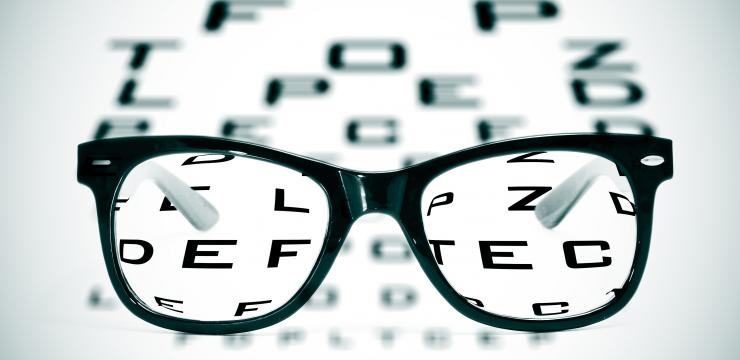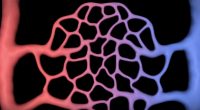
- Eyesight
- Excerpt
With advancing age, our bodily functions deteriorate. This process particularly affects vision, in part because of the influence of free radicals on the extremely delicate structures of the eye. But most certainly, today’s eyes are also very much affected by uninterruptedly staring at computer and TV screens. People begin to notice their deteriorating eyesight not only when the images become less sharp, but also when they experience impairment of night vision. OPCs protect the eyes against excessive strain as well as against the consequences of too much or too little light. Too much light, such as with an unprotected glance at the sun, is as damaging to the eye as is the long-term exposure to insufficient light. This is the case for people who work or drive at night or in the dark.
A study conducted in France in 1988 showed that decreased vision in people driving at night or working at monitors was improved by up to 98 percent after OPCs had been taken for a period of four weeks. Otherwise healthy test subjects, not suffering from eye defects or eye disease, were tested for the effects of OPCs on their eyesight. These people were chosen from two groups: motorists/night drivers and screen watchers. They took 200 mg of OPCs per day. After four weeks, their resistance to blinding was measured, as was their eyesight in dim light. Ninety-eight out of 100 people who participated in the test showed an improvement.
(Sens lumineux et circulation choriorétinienne. Etude de l’effet des O.P.C. (Endotelon). Ch. Corbé, J.P. Boissin, A. Siou. J. Fr. Ophtalmol. 1988, 11. 5. 453-460.)
The eye is particularly subject to vascular degeneration because the vascular system in the eye is not embedded in muscular fibers. When it comes to vascularization, the eye very much resembles the brain. Once the main artery has entered the eye, it gradually loses its elastic outer coating and muscular fibers. What remains of the vascular wall is its core structure, which consists of collagen fibers and the glucosaminoglycans. As in the brain, this makes the eye extremely sensitive to problems that affect the vascular structure. High blood pressure, free radicals, regular intake of aspirin (salicylates) and/ or antiinflammatory drugs (NSAIDs), overexposure to sunlight, and diabetes easily affect the eye’s vascular system. The fact that the structure of the eye itself is extremely fragile makes it necessary that the nourishment of these fine structures takes place through an equally fine vascular structure. Add to this the precision that is required of the “instrument eye,” and you’ll understand what all those spectacles do on all those noses.






